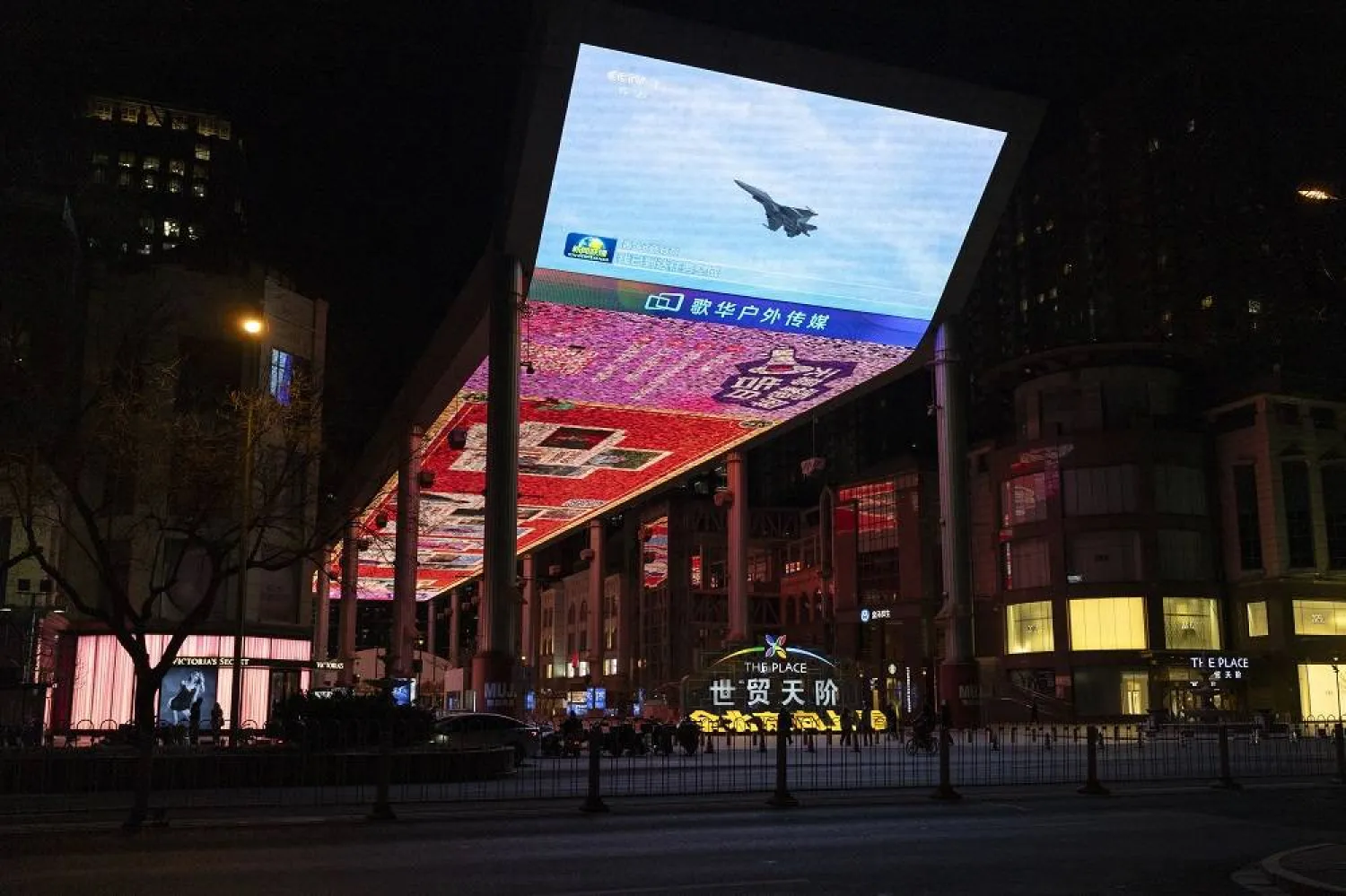US lawmakers have stepped up their efforts to confront the threat of the Iranian unmanned aerial vehicle (UAV) program after the House Foreign Affairs Committee approved a bill imposing sanctions on it.
On Thursday, senators proposed a similar plan at the Senate Foreign Relations Committee.
The Committee Ranking Member, Jim Risch, and Chairman Bob Menendez introduced on December 16 bipartisan legislation to prevent Iran and any terrorist or militia groups aligned with Iran from acquiring lethal drones.
They indicated that the US government is intensifying its efforts to stop Tehran's flourishing lethal UAV program.
The Stop Iranian Drones Act of 2021 seeks to amend the Countering America's Adversaries Through Sanctions Act (CAATSA) to include any action that seeks to advance Iran's UAV program, as defined by the United Nations Register of Conventional Arms, as sanctionable under US law.
Menendez warned that Iran's increasing reliance on unmanned aerial vehicles to attack US personnel and assets across the Middle East and shipping vessels, commercial facilities, and regional partners are a serious and growing menace to regional stability.
He cautioned that Iran's reckless export of this kind of technology to proxies and terrorist actors across the region represents a significant threat to human lives.
"We must do more to hold Iran accountable for its destabilizing behavior as we continue to confront the threat of its nuclear program."
"I'm pleased to join our colleagues in the House of Representatives in this effort to add UAVs to existing laws that counter conventional threats from Iran, bringing it in line with the UN Register of Conventional Arms."
Risch asserted that the efforts must do more to halt Iran's regional terrorism.
"Iran's armed drone capability presents a growing threat to the Middle East. This legislation rightly imposes costs on the Iranian drone program and its supporters."
CAATSA, the US law passed by Congress in 2017, includes penalties for anyone who supplies, sells, or transfers combat drones to or from Iran, which can be used in attacks against the United States or its allies.









